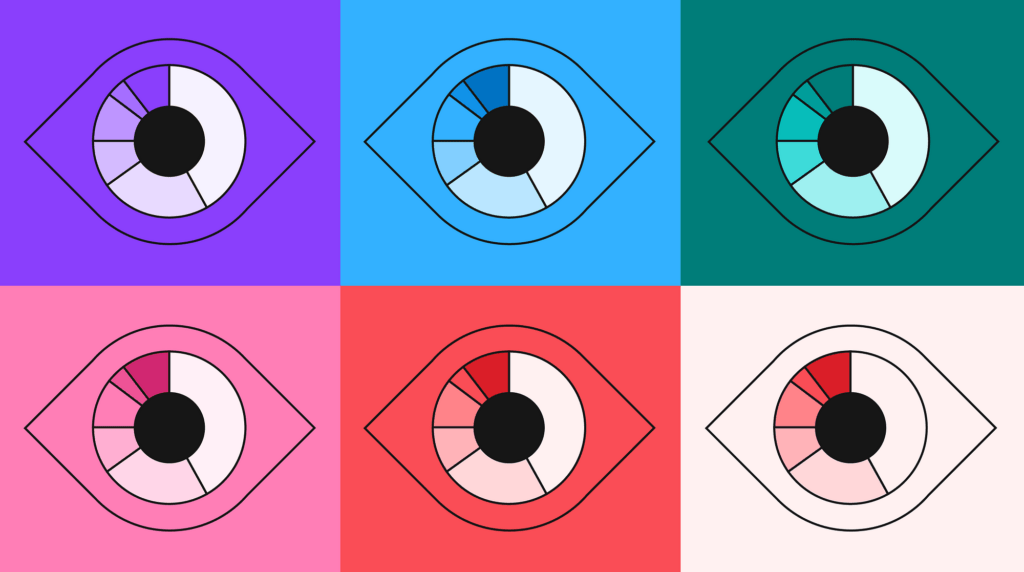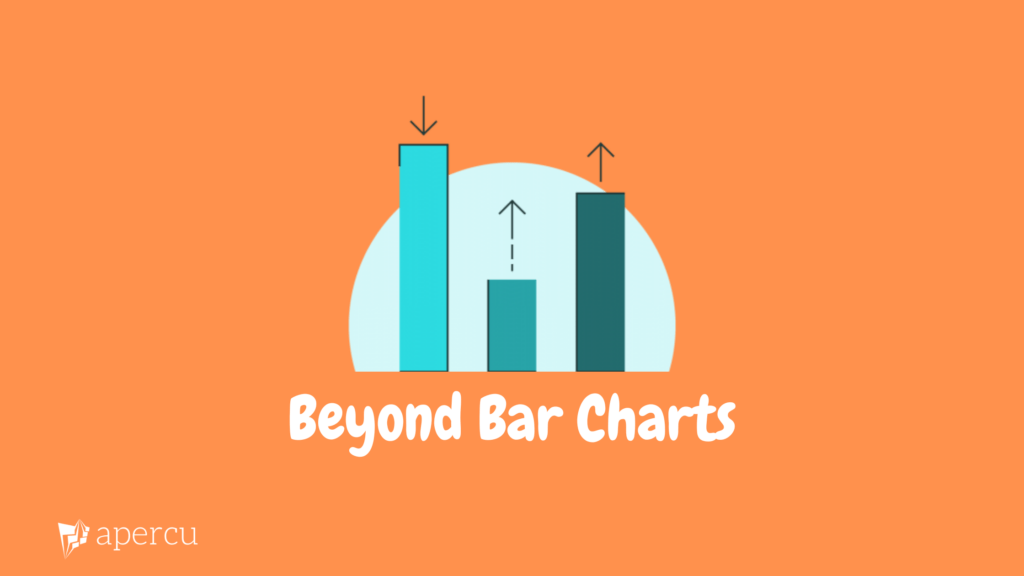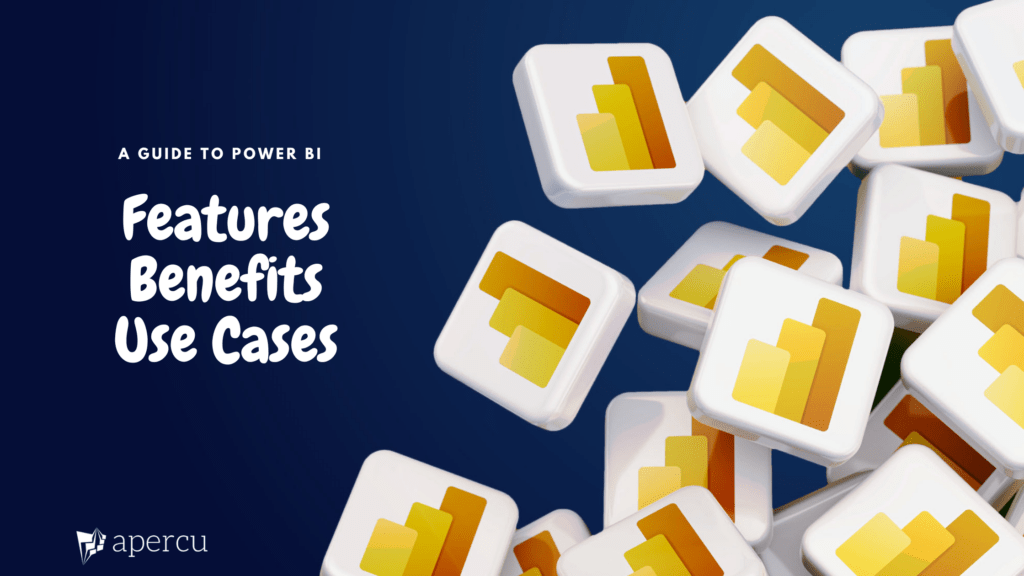Data visualization libraries are becoming increasingly popular. Sometimes, it can be difficult for data scientists to choose the right one for their next project. This article compares four popular Python libraries for data visualization: Bokeh vs. Plotly and Seaborn vs. Matplotlib.
Bokeh Vs Plotly
Bokeh and Plotly are both open-source libraries that allow users to create interactive and dynamic visualizations. They both support plotting with JavaScript, HTML, and CSS. Bokeh is a Python-based data visualization library that supports interactive visualization in modern web browsers. It comes with the ability to create common charts out-of-the-box but can also be used to create specialized charts. Bokeh provides widgets that can be used to drill through and filter information, making it suitable for interactive dashboards and web applications. It can also generate standalone HTML documents. Although documentation on Bokeh is extensive and relatively easy to learn, it can only be used in Python because it currently does not support other programming languages. Also, Bokeh does not provide native support for 3D graphs.
On the other hand, Plotly is a web-based data visualization framework that allows users to create interactive and dynamic visualizations using several programming languages, including Python, R, and JavaScript. The framework provides a broad range of visualization types, including scatter plots, bar charts, and heat maps. Plotly visualizations can be embedded into web pages or exported to various formats such as HTML, PNG, and PDF. Additionally, Plotly can be used to develop data applications through an extension called Dash, which significantly reduces the time it takes to develop web-based interactive dashboards and serve machine learning models. However, one disadvantage of Plotly is that it focuses more on interactive visualization and may not be well-suited for static visualizations.
Seaborn Vs Matplotlib
Seaborn and Matplotlib are both popular data visualization libraries for Python that allow users to create high-quality visualizations with minimal code. Matplotlib is a popular Python library that provides a variety of tools for creating static, animated, and interactive visualizations. It is highly customizable and offers a wide range of visualizations, including scatter plots, line charts, bar charts, and histograms. Matplotlib has extensive documentation and is relatively easy to use. However, its default visualizations can be somewhat plain and uninspiring.
On the other hand, Seaborn is a data visualization library built on top of Matplotlib that provides a higher-level API, making it easier to create more complex visualizations with less code. Seaborn also provides several built-in themes that can be used to improve the aesthetics of the visualizations. It supports a wide range of visualization types, including box plots, violin plots, and heat maps. However, the primary disadvantage of Seaborn is that it can be slower than Matplotlib when working with large datasets.
In conclusion, data visualization frameworks, libraries, and applications are critical tools for data scientists and analysts. The choice between Bokeh and Plotly or Seaborn and Matplotlib will depend on the specific needs of the user, including the type of data being analyzed, the complexity of the visualization, and the desired aesthetics. While Bokeh and Plotly have different strengths and weaknesses, Seaborn and Matplotlib offer different features that make them suitable for different types of visualizations. Therefore, the decision on which tool to use should be based on a careful analysis of the needs and preferences of the user.
Are you new to data analytics? Click here to read more on the skills you need to get started.




